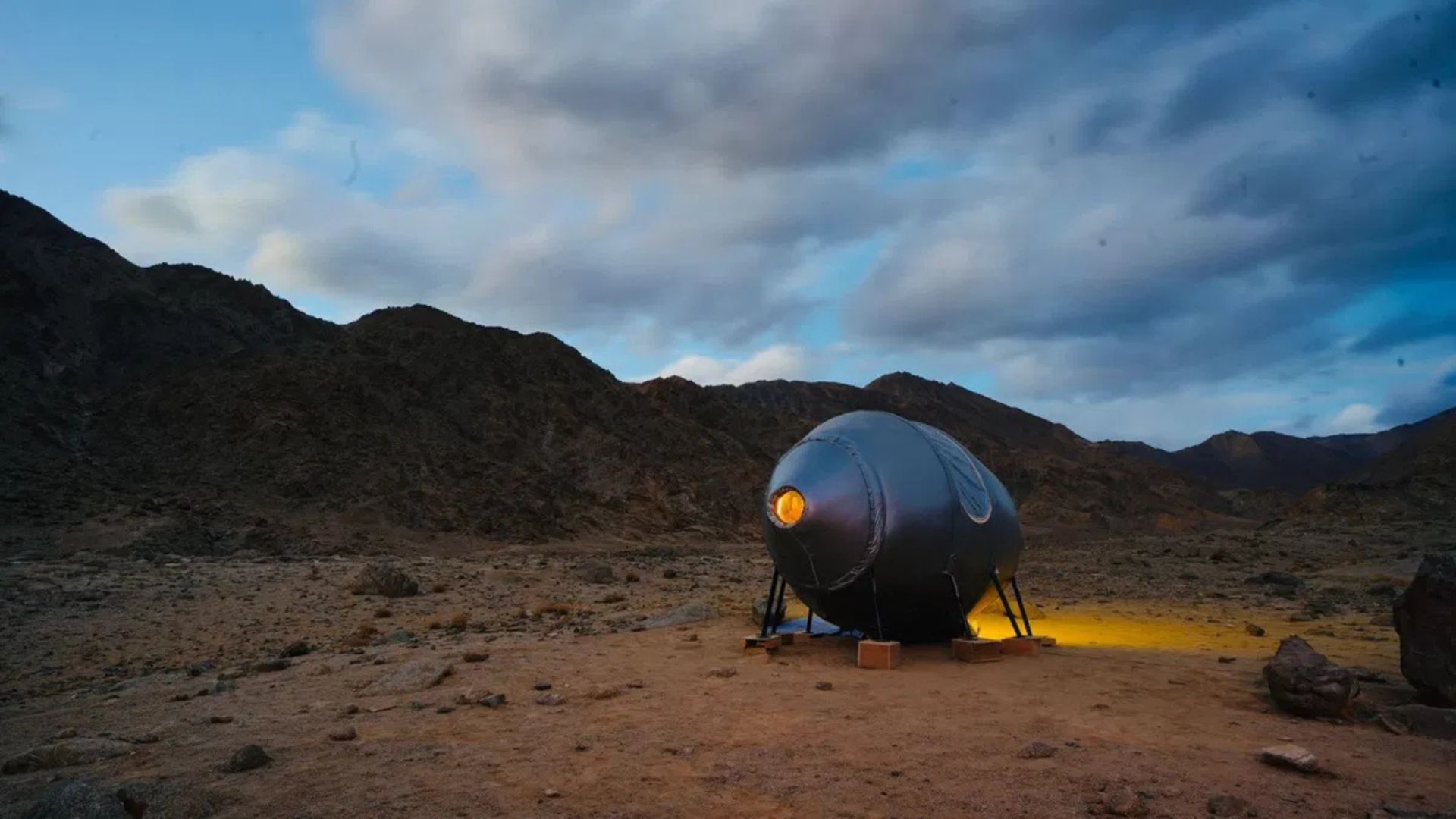India has initiated its inaugural analogue space mission in Leh, a notable achievement in the nation’s space exploration journey.
The mission is designed to replicate life within an interplanetary habitat, focusing on the challenges astronauts may face during missions beyond Earth.
This groundbreaking project is a joint effort involving the Human Spaceflight Centre of ISRO, AAKA Space Studio, the University of Ladakh, IIT Bombay, and has the backing of the Ladakh Autonomous Hill Development Council.
The analogue mission is set in Ladakh, selected for its distinctive geological features that closely resemble those of the Moon and Mars. The region’s cold, dry climate and high altitude create an optimal setting for testing the technologies and strategies needed for extended space missions.
This venture aligns with India’s larger goal of boosting its capabilities in human spaceflight and interplanetary exploration, notably through the Gaganyaan program, which aims to send Indian astronauts into space.
During the mission, participants will undertake activities designed to reflect life on another planet, including habitat design assessments, resource management research, and psychological evaluations of the effects of isolation on crew members.
The findings from this mission are anticipated to guide future habitat designs for lunar and Martian environments.
The partnership among various institutions underscores India’s dedication to advancing its space program through innovative research and development. AAKA Space Studio, recognized for its expertise in space architecture, will be instrumental in creating habitats that are both sustainable and beneficial to human health in extraterrestrial settings.
As India strives to establish itself as a key player in global space exploration, this analogue mission is a crucial step in preparing for future human journeys to the Moon and Mars.
By simulating the difficulties of living in space on Earth, researchers aim to ensure the safety and well-being of astronauts during their ventures into the cosmos. This mission not only enhances scientific knowledge but also serves to inspire future generations to engage with space science and exploration.























